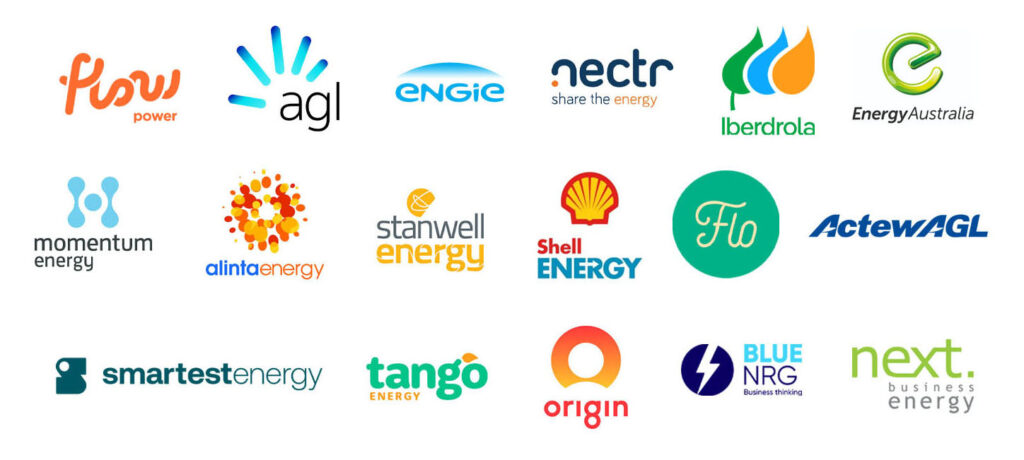AGL Energy has announced that it is bringing forward the closure of its Victorian brown-coal-fired Loy Yang A plant by 10 years to 2035.
Built between 1984 and 1988, Loy Yang A is the largest power station in Victoria with a capacity of 2,210 MW, supplying over a third of the state’s electricity.
One of its units is currently out of action after a fault in April 2022 required new parts to be brought in from Switzerland.
It is currently running at 75 percent capacity, and it is not yet known when it will return to full operations.
Energy Australia has already announced that it will be closing its Yallourn coal-fired power plant in 2028.
The 47-year-old plant was built in 1975 and will be 53 by the time it closes. It has a capacity of 1,480MW.
Chinese-owned Chow Tai Fook Enterprises’ Loy Yang B is set to retire in 2047, which is its
original operational life. It has a capacity of 1,050 MW and was built in 1993.
The 150 MW Anglesea brown-coal power station was closed in 2015, and the area has since been rehabilitated. It was commissioned in 1969.
| Name | Owner | Commission Date | Closure | Capacity MW | Emissions Tonnes per year | Coal Type |
| Loy Yang A | AGL | 1984 | 2035 | 2200MW | 20,107,115 tonnes CO2 | Brown |
| Loy Yang B | Chow Tai Fook | 1993 | 2047 | 1050MW | 10,132,776 | Brown |
| Yallourn | Energy Australia | 1975 | 2028 | 1480MW | 13,856,313 | Brown |
The timeline for coal’s exit from the National Energy Market has been consistently getting shorter as more generators steer away from fossil fuels and pivot to renewable energy.
After the abrupt closure of Victoria’s Hazelwood coal-fired plant back in 2017, Australia introduced a law stipulating that coal power plants must give three years’ notice.
The law was intended to prevent severe price electricity price spikes as happened after the closure of Hazelwood.
Where does Victoria currently draw its power from?
The majority of Victorian electricity is generated from fossil fuels, around two-thirds of the state’s total.
Brown coal (lignite) is the most widely used fuel, and it is also one of the most harmful in terms of greenhouse gas emissions.
Brown coal contains impurities and is literally dug straight out of the earth from open-cast mines and burned to create steam to turn the power station turbines.
Lignite was picked as the fuel of choice decades ago because it was cheap and plentiful.
Small amounts of electricity are generated from natural gas and oil.
About a third of the state’s power comes from renewable sources. Roughly half of this is generated by wind farms and the rest from hydro, biogas and bagasse, which is a relatively new technology that uses the fibrous byproduct from sugar cane processing.
How will Victoria generate power in the future?
Experts say the accelerated closure of Loy Yang A means the Victorian Government must expand the renewable energy sector.
The Grattan Institute’s Energy Programme Director said: “It puts a lot of pressure, appropriately, on government, and the industry and the planners to work together because at the moment they don’t work together very well.”
The closure comes against a backdrop of Victoria’s target of 40 per cent renewable energy generation by 2025 and 50 per cent by 2030.
In a recent report, AEMO said the growth of the electric vehicle market and electrification of businesses will drive energy demand in Victoria up by 20 percent over the next 13 years.
What renewable energy projects are in the pipeline in Victoria
The Victorian state government has created six renewable energy zones in regional Victoria. The challenge, as ever, is creating the transmission infrastructure needed to transport the electricity from source to destination.
The government is also investigating the feasibility of establishing Australia’s first offshore wind sector and has recently commissioned several wind and solar farms.
Rooftop solar is also gaining traction in the state and is expected to contribute 20 per cent of Victoria’s renewable energy output by 2030.
Another challenge to overcome is the intermittent nature of renewable energy, i.e. when the wind is not blowing, and the sun is not shining.
Like all other states, Victoria will need to commission large-scale battery storage projects to release energy if and when needed during those times when readily available supply does not meet demand.
Do you want to learn more about the National Energy Market?
If you want to learn more about the National Energy Market and the latest developments in the electricity sector, you can sign up for our newsletter or visit our blog section.
Leading Edge Energy is an energy brokerage firm in Australia specialising in energy cost reduction, solar and storage procurement, electricity and natural gas-use monitoring and reporting for commercial and industrial clients. Follow us on LinkedIn or Facebook
We source, analyse, compare and rank commercial, industrial and multisite energy quotes. Obligation Free.
Chat with one of our experienced consultants today and get the insights your business needs to help manage the risks associated with volatile electricity and natural gas markets. Our energy procurement service is obligation-free and provides a time-saving way of securing lower energy rates from our panel of energy retailers.














